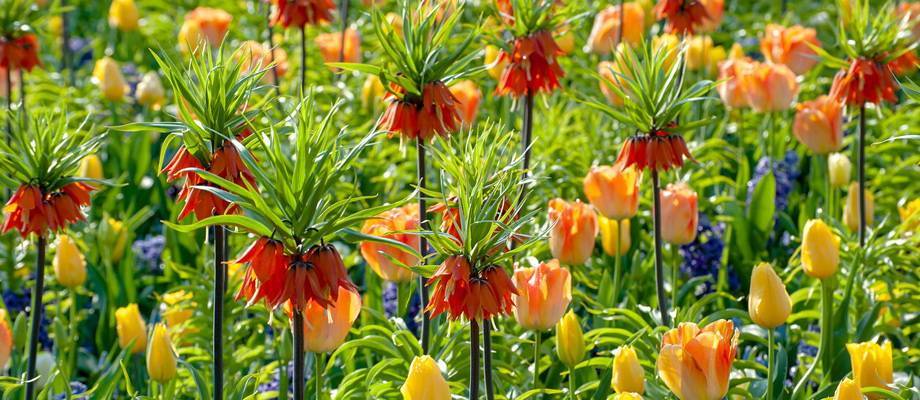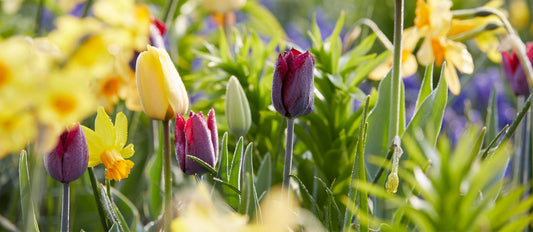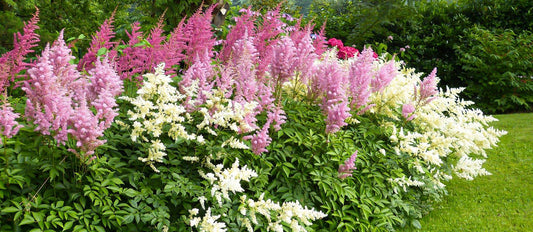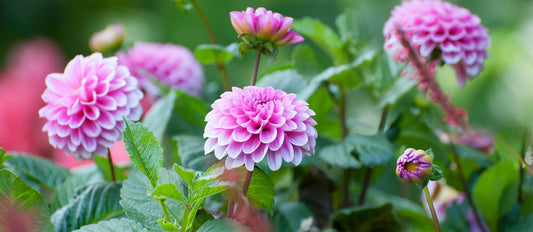Fritillaria is a special bulb which often blooms surprisingly early in the spring. The plant is also known under the names Imperial Crown and Fritillaria. Fritillaria is a very beautiful bulbous plant that flourishes with hanging cups in spectacular colours.
Beautiful hues
Fritillaria are available from Bakker.com in various shades of soft red and yellow to dark purple. There are 125 species of Fritillaria and even more are being developed. Fritillaria are hardy and only during severe winters is it recommended to put leaves or straw around them for protection.
Fritillaria plant
The bulbs are rounded, with small indentations on top; this is the side that should be planted face up. Do not dry out the bulbs and plant them immediately after purchase in humus-rich soil. Plant the bulbs as early as possible, preferably in September / October. Allow the bulb, after flowering, to just sit in the ground, allowing them to naturalise. You can have years of enjoyment of fritillaria. Tip: on the spot where you planted the bulbs, keep a marker, so that they remain undamaged when in the course of the year’s gardening.
Fritillaria potted
The imperial crown is fine to grow in a deep pot (at least 40 cm). Add a minimum of three bulbs in a pot with a diameter of 50 cm. Place a bottom layer of hydro pellets for good drainage. You can keep Fritillaria in pots in the frost but it might be necessary to use reed mats to survive a particularly harsh winter. Keep them on the patio or decking in semi-shade and water them regularly, especially during their growth period. Use manure and potash to help growth.
Fritillaria information
- Fritellaria belongs to the lily family. The fritillary (Fritillaria meleagris) has beautiful hanging, small bells. The fritillary (Fritillaria imperialis) has large trumpet-shaped bells.
- The Fritillaria should be well-drained using humus rich soil, preferably not fresh manure.
- Plant high species Fritillaria deep (15-20 cm) into the ground and the low species 10 cm deep.
- A characteristic of the purple Fritillaria meleagris (fritillary) is the individual block-shaped pattern or spots on each petal. There are several variations available.
- The fritillary (Fritillaria imperialis), requires a place in the sun or a raised bed. The fritillary does well in partial shade.
- Seeding is easy for the smaller species.
- Did you know that the tuber of the imperial crown has a strong smell which deters moles?
- If you plant the bulbs of fritillary in the ground in September and October, you can enjoy them the upcoming spring.
- The small-flowered Fritillaria species can also grow wild and fit in well in a rock garden.




